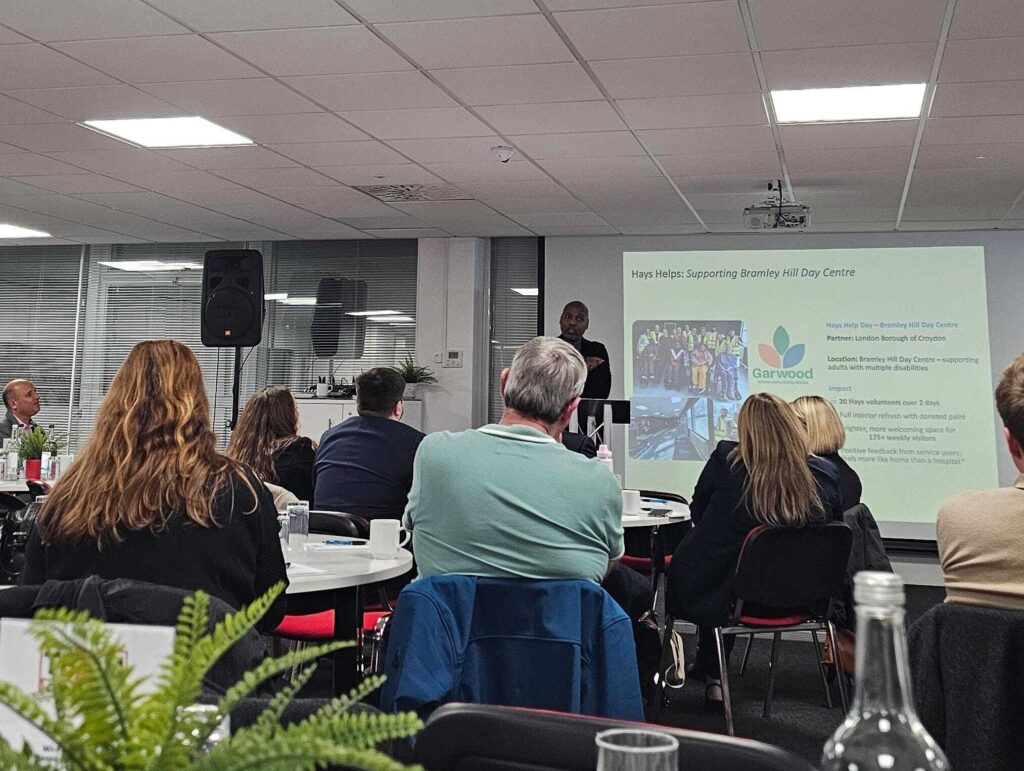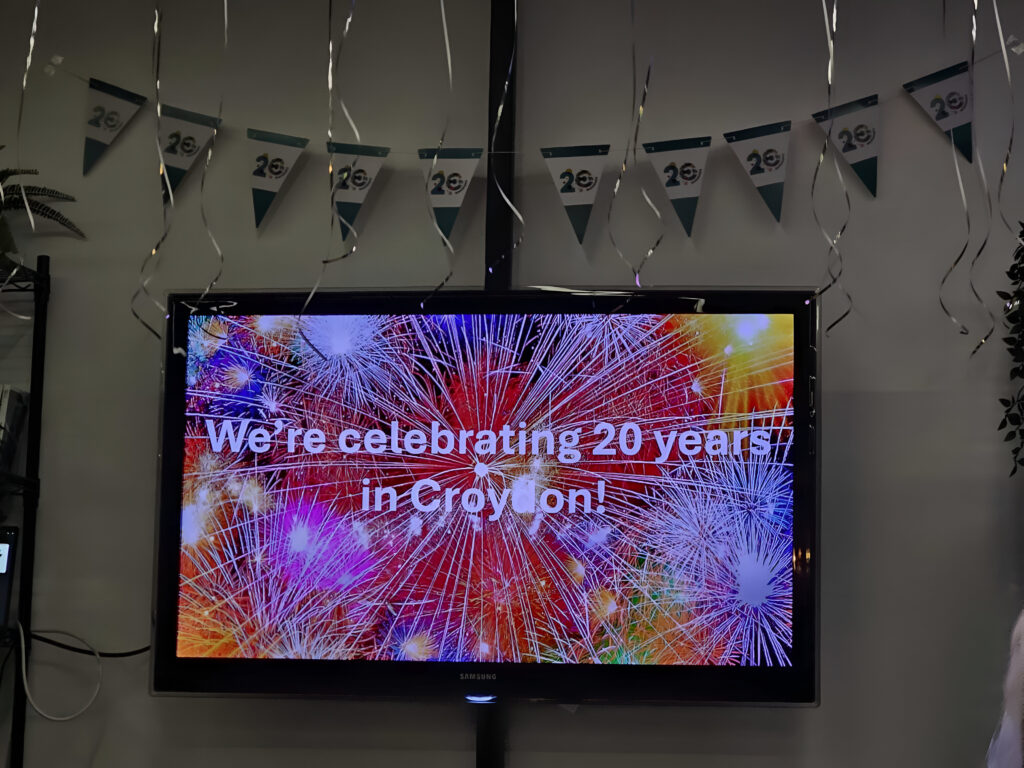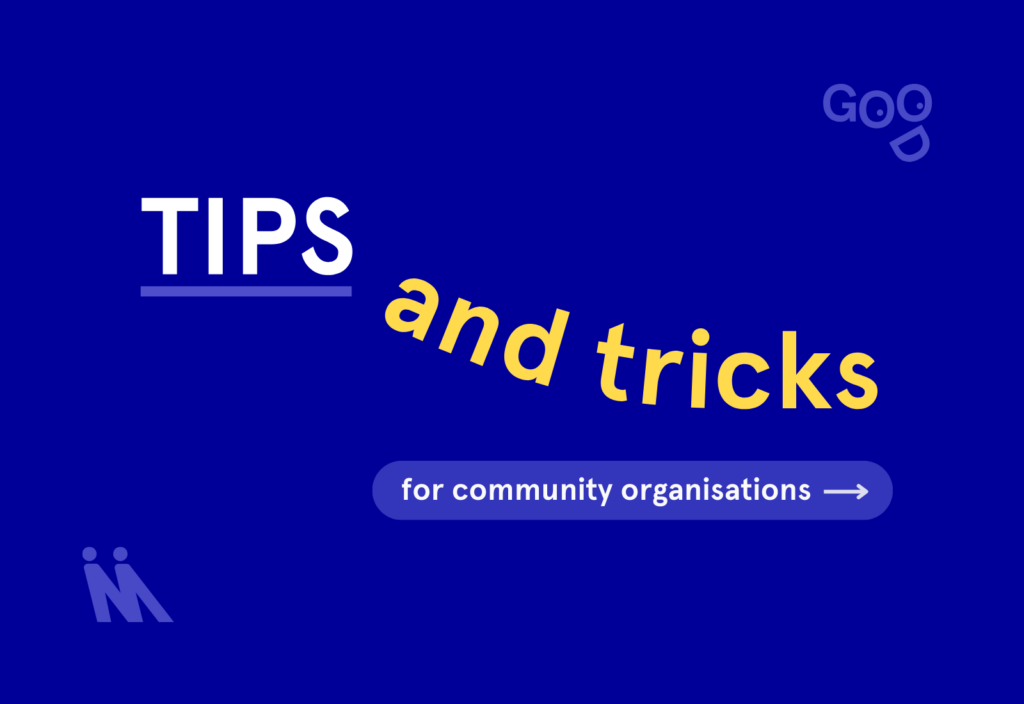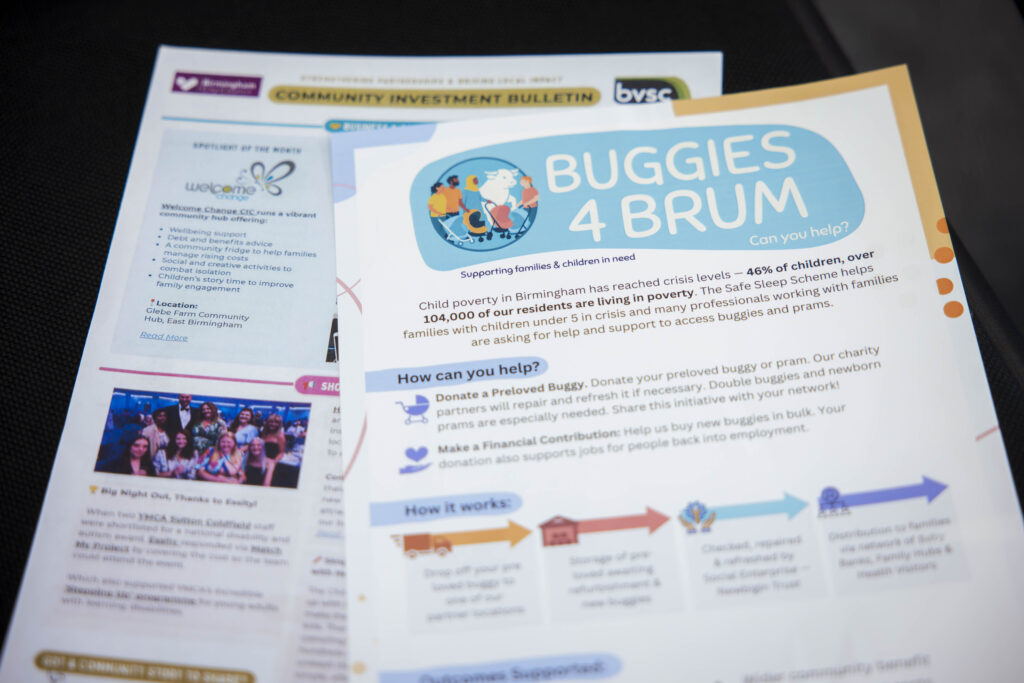
“One mother had to use a shopping trolley to take her child to a medical appointment.”
In January 2024, Birmingham PlayCare Network launched its Safe Sleep Scheme with Thrive Together Birmingham, Spurgeons and Barnardo’s to give families cots and Moses baskets.
While working on that project, their Business Development Manager, Emma Martin, realised the need for pushchairs, with many families struggling without.
During harsh winter months, there was a concern that some families without cars would feel “trapped at home“, isolated from the local community, and without easy access to essential appointments for their children.
One mum had to use a shopping trolley to take her child to a health appointment.
“We have many families currently living in crisis who can’t afford the basics to support their children. To be able to access a pram could be life-changing — simply by being able to take your child to appointments, get a sibling to school on time, whilst your baby is warm and dry in a lovely new buggy.”
The mission was simple but urgent: help families access the basic equipment they need to keep their children warm, safe, and mobile.
This was the launch of the Buggies 4 Brum appeal, asking businesses and individuals for donations of preloved or new buggies and prams.
Since their launch, in mid-November at the Fort Shopping Centre, Birmingham, with support from Birmingham City Council, Birmingham Voluntary Service Council and partners, the appeal has gained national attention through a BBC feature.
To maximise impact, Birmingham PlayCare Network posted their request for buggies on the Match My Project platform, along with a second request for a photographer to capture the launch of the Buggies 4 Brum campaign.
Local supplier BSN Group Construction stepped in and supported both.
We spoke to Emma about how the Match My Project platform has supported the campaign.
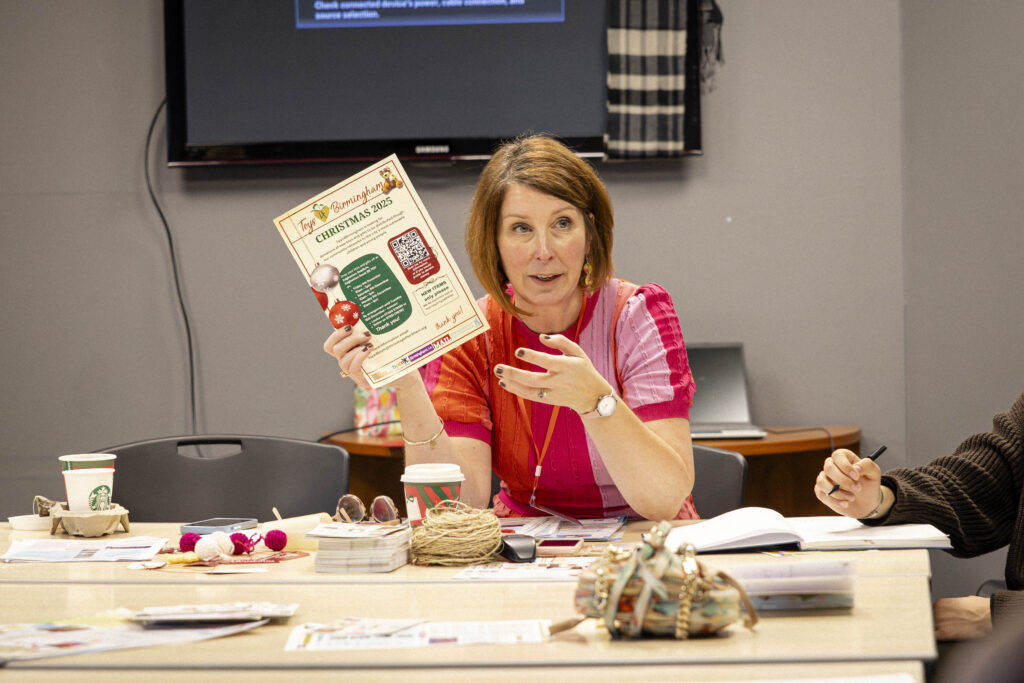
“Five minutes to load up a project was easy.”
Discovering Match My Project
Emma first heard about Match My Project (MMP) through PlayCare Network’s reuse project The Scrapstore, but it was a conference last year — highlighting collaboration between charities and private businesses via Social Value — that prompted her to give the platform a try.
“I’m an optimist and thought I had nothing to lose. Five minutes to load up a project was easy, and I knew our work was impactful. I was hopeful that businesses would want to support what we were trying to achieve.”
“MMP has definitely made my work easier — without question.”
How Match My Project Changed Their Approach
Using Match My Project has transformed the way Birmingham PlayCare Network secures support.
Emma shares:
“MMP has definitely made my work easier — without question. Whereas before I could spend hours writing a funding bid which could be rejected with no feedback, now if there is something I need to support the centre or a new campaign, I can put it on MMP. Our requests can be supported by multiple partners and we can really develop relationships with those businesses.”
Instead of laborious fundraising applications, Match My Project allows for quick resource requests that build genuine working relationships with businesses.
“Businesses can directly see how their support is helping our local community.”
“It’s all about building relationships with businesses.”

A Platform for Partnership
Beyond donations, Match My Project has opened the door to ongoing relationships with volunteers and businesses.
“We’ve met quite a few businesses who said it was hard to find places to volunteer or support. Those people are now regularly in contact with us, looking to see when they can do their next volunteering day.”
For other community organisations looking to get support, Emma’s advice is simple:
“It’s all about building relationships with businesses, and making the requests achievable, not complicated, and if financial asks — realistic.”
A Message to Future Business Partners
“It’s great to meet new partners. They’re genuinely interested in what we do and respect us for it. People are often surprised by how much we achieve with very limited resource. For those operating in the charity sector, to have our work valued and recognised across the business world is important.”

How you can help Buggies 4 Brum
- Donate a Preloved Buggy or Pram — Double buggies and newborn prams are especially needed. Don’t worry, charity partners will repair and refresh it if necessary.
- Make a Financial Contribution — Help us buy new buggies in bulk. Your donation also supports jobs for people back into employment.
- Spread the word — get your employees, volunteers, customers or supporters on board. Download the flyer here.
Making a Difference for Birmingham Families this Christmas
Birmingham Playcare Network runs a range of schemes to support families — from collecting and redistributing craft supplies as part of The Scrapstore, to donating toys to children at Christmas through Toys4Bham, running coffee mornings in their Warm Welcome community space, and helping mothers connect through Brummie Mummies.
Together with their community partner, Thrive Together Birmingham, they are always looking for more support. As we count down to Christmas, Toys4Bham is up and running for 2025, aiming to make the festive period as special for as many vulnerable children as possible.
Are you a business that can help?
Head to the Match My Project platform and offer your support.
🔗 You can read the BBC piece here: Charity’s appeal to give pushchairs to families
💡 Top 5 Tips for Community-Based Organisations to Maximise Social Value through Match My Project









